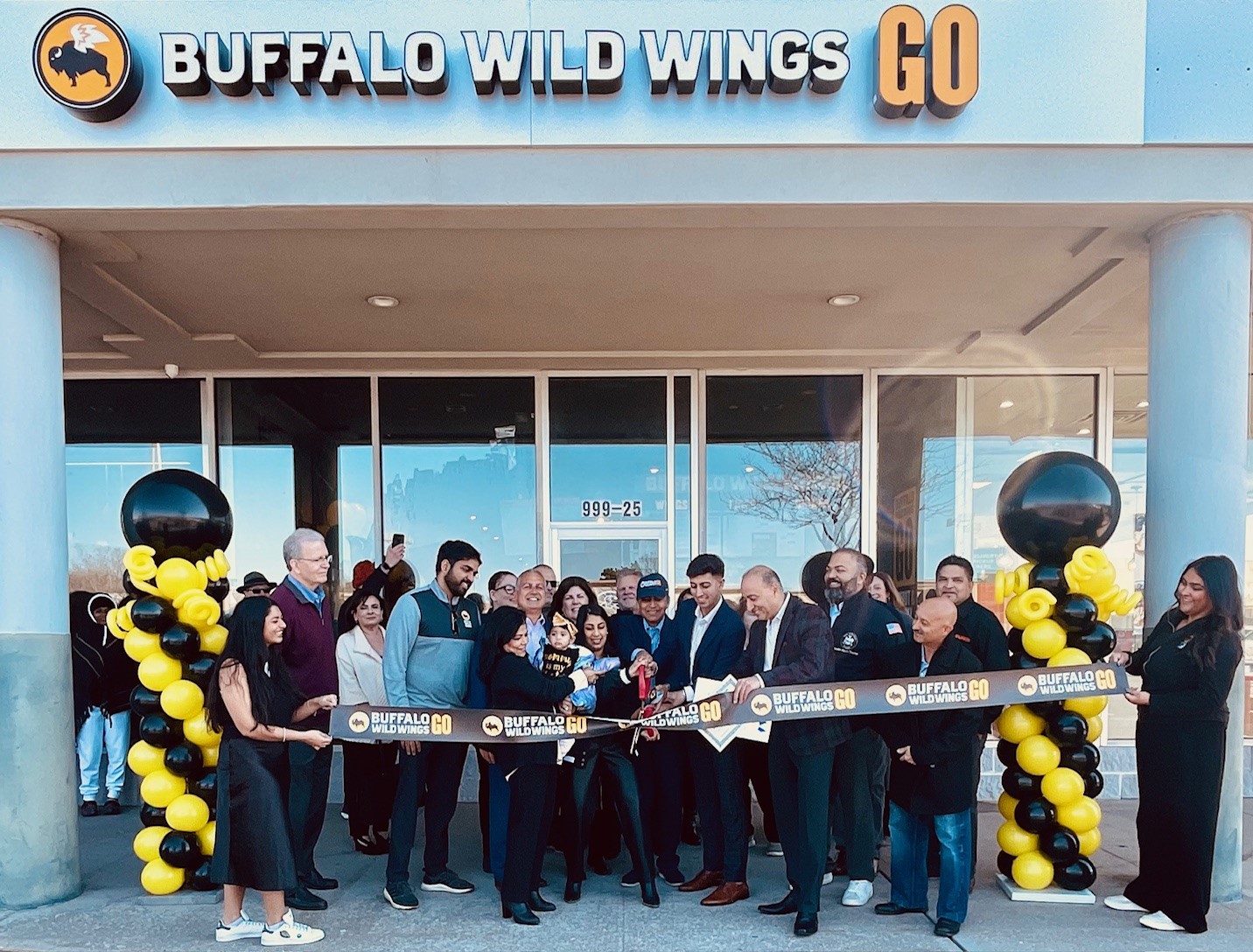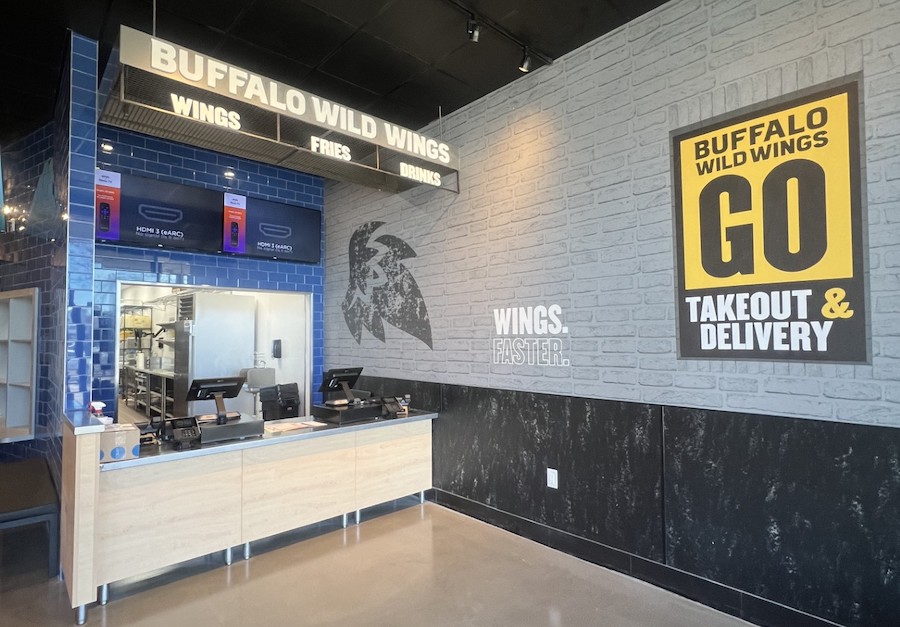

Greater Moriches coverage is funded in part by Angels of Long Island, a charitable nonprofit. Shopping at the Angels’ Mastic and Patchogue thrift stores helps Long Island families in need. Or, click here to donate.
After researching modernist art forms and wordless woodcut novels of the 1930s, East Moriches artist Lizzie McCormick spent the spring in her home studio painting a 25-piece visual interpretation of Aino Kallas’ 1928 werewolf novella, “The Wolf’s Bride.”
She recalled asking herself, “Well, what would happen if I made a wordless novel out of this?” she said of the novella, which she first read about five years ago.
The project was the basis of a sabbatical from her role as an associate English professor at Suffolk County Community College.
Two of her pieces will be displayed on inflatable screens in Patchogue Nov. 6-8 as part of the Patchogue Art Council‘s Night Visions Pop-Up Projected Gallery, part of the group’s larger MoCA L.I.ghts project, a series of art-driven events open to the public by foot, by car and online for free through December.
McCormick’s piece “The Wolf Gift” features a wolf pack presenting skins and bones to Aalo, the novella’s protagonist. “Aalo Transformed” depicts the character’s transformation from human to werewolf.
“These both take place on moonlit nights,” a quality that makes them appropriate choices for the illuminated Patchogue display, McCormick, 46, said.
“They’re filled with imagery I got from studying a lot of European — but mostly also South American — shamanism and witchcraft, this idea of the midnight natural ceremonial transformation.”

A blank canvas
McCormick said she had already done enough of the more traditional level of research in her field, so she wasn’t under pressure to use her sabbatical to catch up on writing books or articles. “So I was free to use it to do the project that I wanted to do,” she said.

Her “Wolf Bride” series features three types of paintings: woodcuts, ink drawings and oil paintings.
“The idea was that when she’s in the world of the humans, it’s the black and white woodcut world,” she said. “And when she’s in a fuzzy, subliminal state, where she feels this sort of supernatural but also very natural energy, but she’s still on the threshold of the human world, they’re ink drawings that sometimes have a little color. Then when she enters the fantastic world where she is a wolf they’re full color.”
McCormick examined modernist art forms of the 1930s, specifically black-and-white expressionist novels that told entire stories through pictures. “They’re considered to be the grandparents of the modern graphic novel.”
Of wolf and woman
Aino Kallas’ “The Wolf’s Bride,” originally titled “Sudenmorsian” in 1928, portrays domestic life for women under the guise of a werewolf story. Aalo and the wolf community are viewed as a part of a “demonic group,” after experiencing “tremendous liberation,” according to McCormick.
“It’s a very interesting novel from a feminist perspective in 1927, but it still, I think, certainly appeals to me as someone who is sort of overwhelmed with domestic responsibility at the same time that I’m trying to be an artist.”
At the novel’s climax, Aalo is killed by the townswomen. Her husband melts her wedding ring and forges a bullet, which he uses to kill a wolf he believed was his wife.
“It’s a novel that celebrates women’s potential for creative and physical freedom, but also at the end, punishes it dramatically.”
The “Wolf Bride” project is the latest amalgamation of McCormick’s artistic passions and academic endeavors. “All of my academic research in literature has been on books about artists and about creativity and about how the mind works when it’s creative,” she said.
“There are photographs of me at 2 years old drawing and painting. That’s all I ever did.”
–Eastport artist Lizzie McCormick
She looks forward to drawing on this experience as an instructor.
“Knowing that I could take the opportunity to — instead of writing about artists — use art to think about writers would be a really enriching experience. And it also allows me to do a much better job with creative writing and literature students, talking about either making visual fiction, thinking about graphic novels thinking about those interplays between image and language. So it’s got a lot going on for it.”























